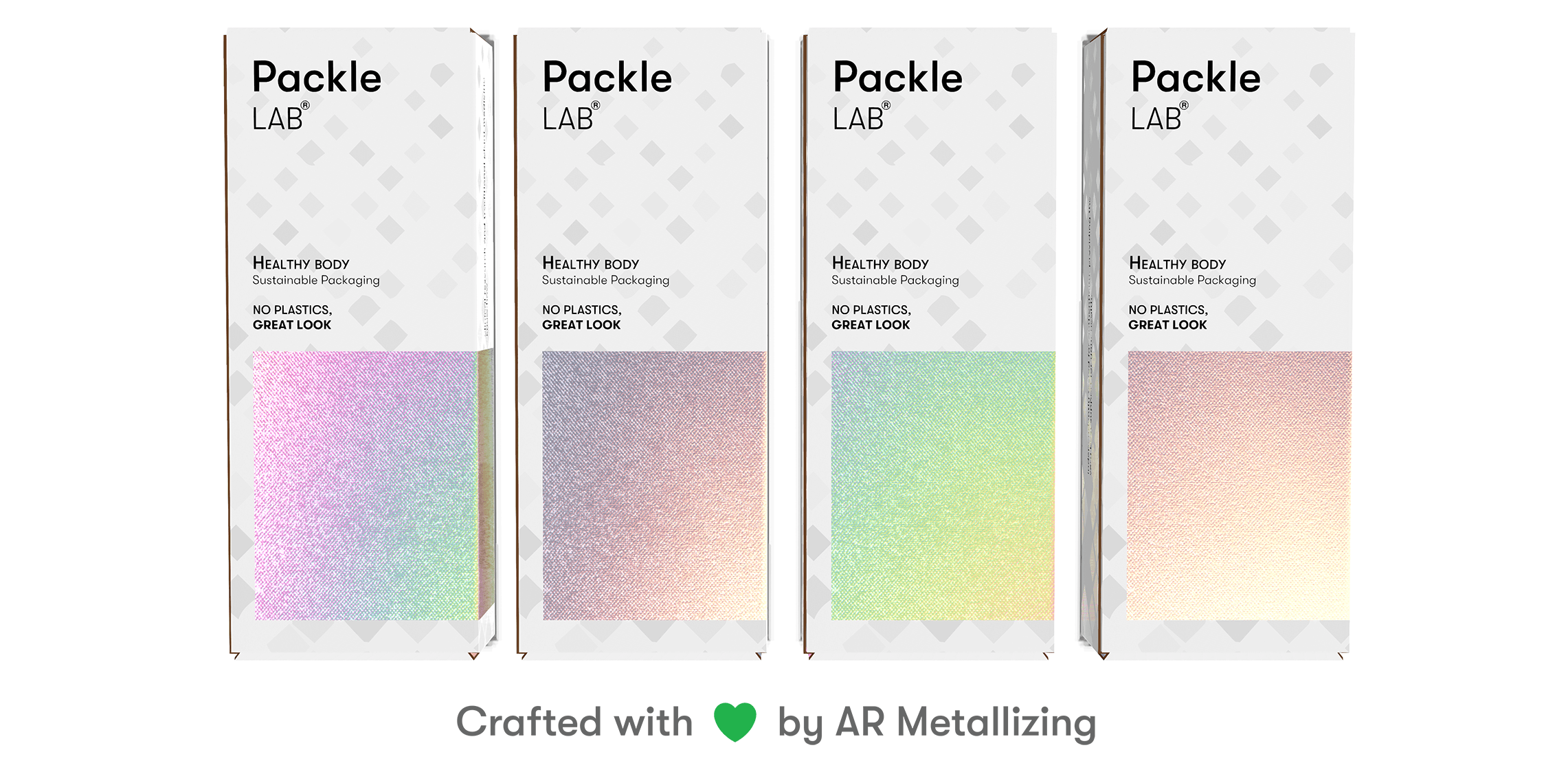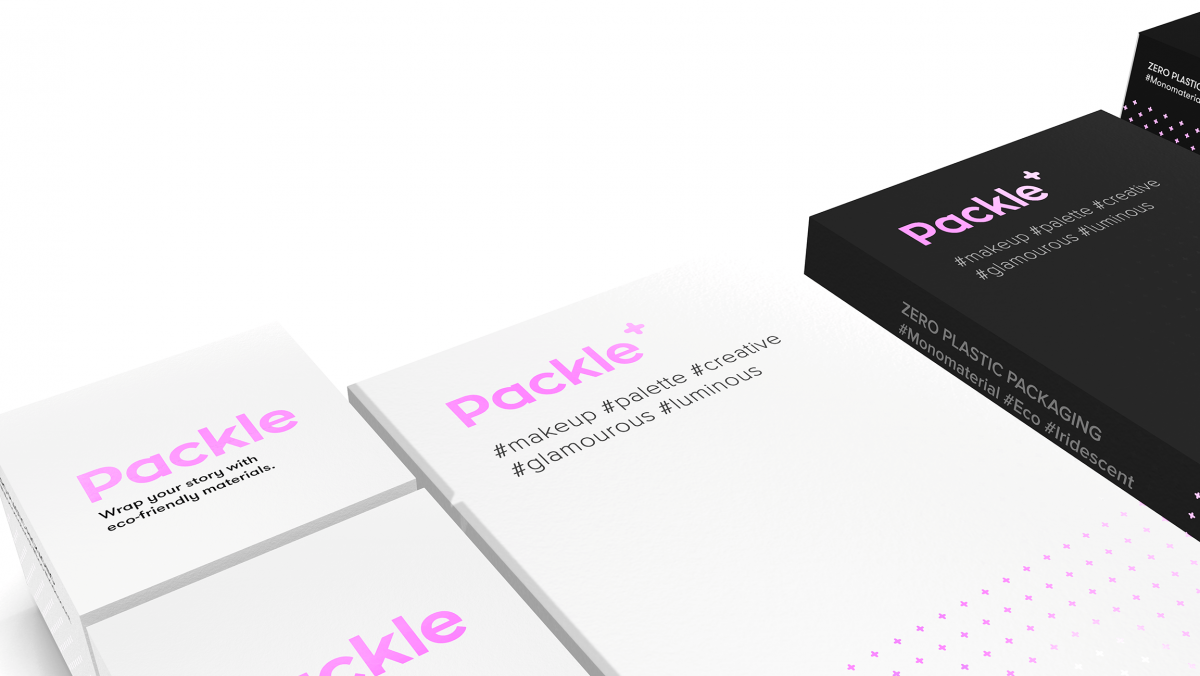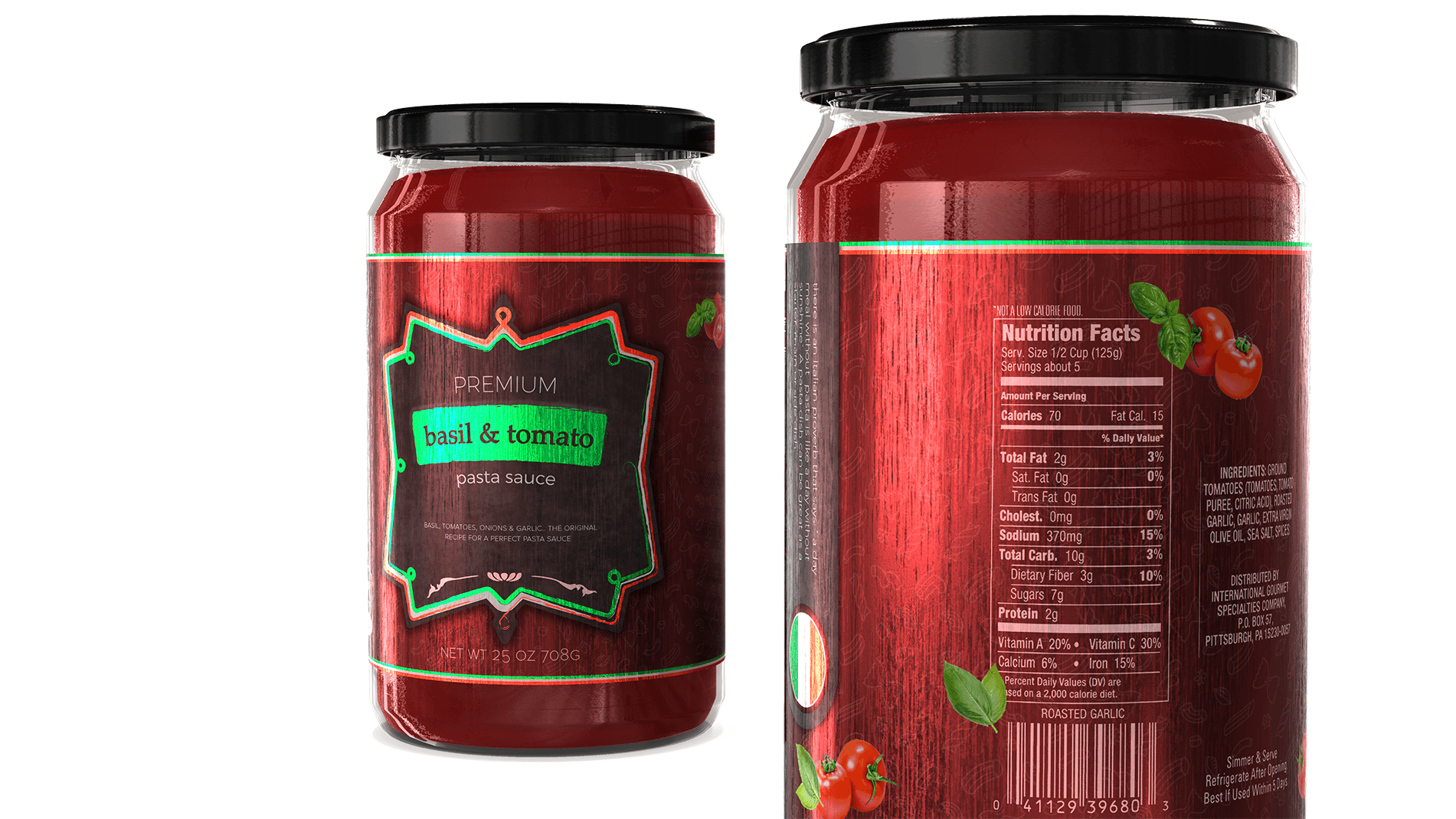What are mono-materials?
A mono-material is a product which is only composed of a single type of material. Products could be made out of paper, plastic, glass, fabric, metal or other materials.

Because they only consist of a single material, mono-materials are typically easier to recycle than products made from different things. An added benefit is that they generally use less energy to recycle because a ‘pre-stage’ of splitting or dividing the various materials apart doesn’t have to be taken into account.
The overall recycling process is, therefore, faster, more efficient, less energy-intensive and more cost-effective.

Why are mono-materials a hot topic for the packaging industry?
Mono-materials are particularly crucial for the packaging industry because anything that can’t be recycled is going to landfill. Because packaging is so plentiful, any reduction in landfill or increase in packaging that can be recycled is hugely beneficial to the environment.
Packaging that uses lots of different materials has been the norm, but increasingly, brands are looking to switch to mono-materials. They hope that this will make their packaging more eco-friendly, sustainable and easily recyclable, supporting a circular economy.
Packaging that uses lots of different materials has been the norm, but increasingly, brands are looking to switch to mono-materials. They hope that this will make their packaging more eco-friendly, sustainable and easily recyclable, supporting a circular economy.
In some cases, different packaging materials can be easily disconnected before recycling – glass bottles with paper labels, for example, are easy to separate. The materials can then go through their different recycling processes. While these aren’t mono-materials per se, they do support sustainability because the materials are easy to divide and then recycle separately.

In other cases, where two different materials are used together (paperboard and metallized foil finishing, for example), the materials can be hardly separated and the amount of cellulosic fibers that can be recovered is low. The result is that they can’t be recycled easily and, in many cases, not recycled at all. Brands are particularly looking to move away from these packaging models, in a bid to become more sustainable.